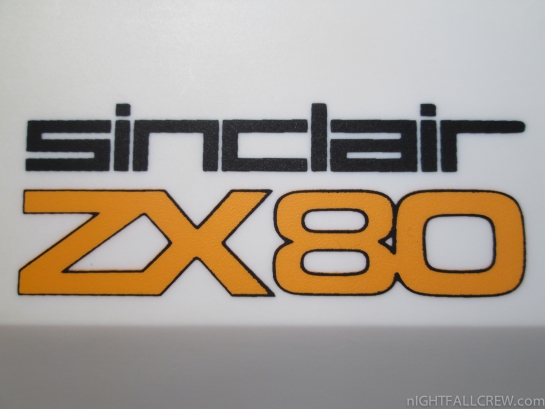Sinclair ZX80

Autopsy:
from Wikipedia:
The Sinclair ZX80 is a home computer brought to market in 1980 by Science of Cambridge Ltd. (later to be better known as Sinclair Research). It is notable for being the first computer (unless one counts the MK14) available in the United Kingdom for less than a hundred pounds (£99.95). It was available in kit form, where purchasers had to assemble and solder it together and as a ready-built version at a slightly higher cost. The ZX80 was very popular straight away, and for some time there was a waiting list of several months for either version of the machine.
Internally, the machine was designed by Jim Westwood around a Z80 central processing unit with a clock speed of 3.25 MHz, and was equipped with 1 kB of static RAM and 4 kB of read-only memory (ROM). The ZX80 was designed around readily available TTL chips; the only proprietary technology was the firmware. While the successor ZX81 used a semi-custom chip (a ULA or Uncommitted Logic Array), this merely combined the functions of the earlier hardware onto a single chip — the hardware and system programs (except the BASIC versions) were very similar, with the only significant difference being the NMI-generator necessary for slow mode in the ZX81. (See ZX81 for technical details.) Both computers can be made by hobbyists using commercially available discrete logic chips or FPGAs.
The ROM contained the Sinclair BASIC programming language, editor, and operating system. BASIC commands were not entered by typing them out but were instead selected somewhat similarly to a scientific calculator – each key had a few different functions selected by both context and modes as well as with the shift key.
The machine was mounted in a tiny white plastic case, with a one-piece blue membrane keyboard on the front; it owed its distinctive appearance to industrial designer Rick Dickinson. There were problems with durability, reliability and overheating (despite appearances, the black stripes visible on the top rear of the case are merely cosmetic, and are not ventilation slots).
source: wikipedia


















Recent Comments